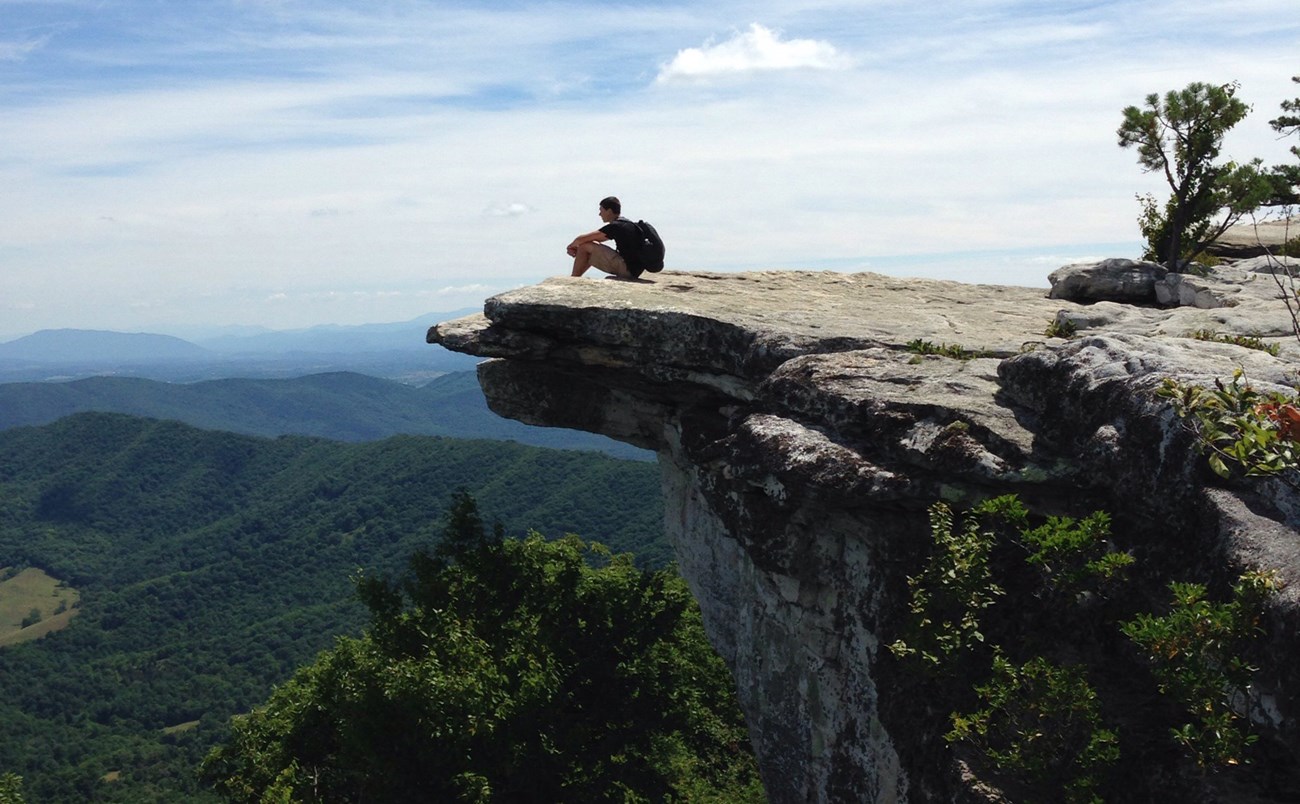
Photo by Drew Myers, Appalachain National Scenic Trail, 2014 Share the Experience photo contest. In the 2015 International Union for Conservation of Nature (IUCN) governance document for all World Heritage Sites, a major change was made to broaden and redefine a primary goal—that of conserving biodiversity. In recognition of the important role of geodiversity, the IUCN has now defined the primary goal to be conserving nature, which it states, “must fully integrate geodiversity and geoheritage at a level of importance equivalent to biodiversity.” In July 2015, geodiversity was featured in a special section of Conservation Biology, where it was recognized as an important filter to use for biological conservation. A strategy based on geodiversity is especially pertinent and valuable in a time of rapid climate change. When ecosystems change rapidly, individuals and species will be displaced beyond what current biological models can predict. One thing that is known is that the biologic response will play out on “nature’s stage”—the abiotic foundation, which is a key driver of biodiversity and species distribution. Geodiversity has emerged as one of the most important concepts in supporting geoheritage conservation; and conserving geoheritage sites is one of the best ways to ensure that a wide diversity of abiotic nature is preserved for future generations.
Check out the largest collection of NPS geoscience information ever compiled.
|
Last updated: November 29, 2018
